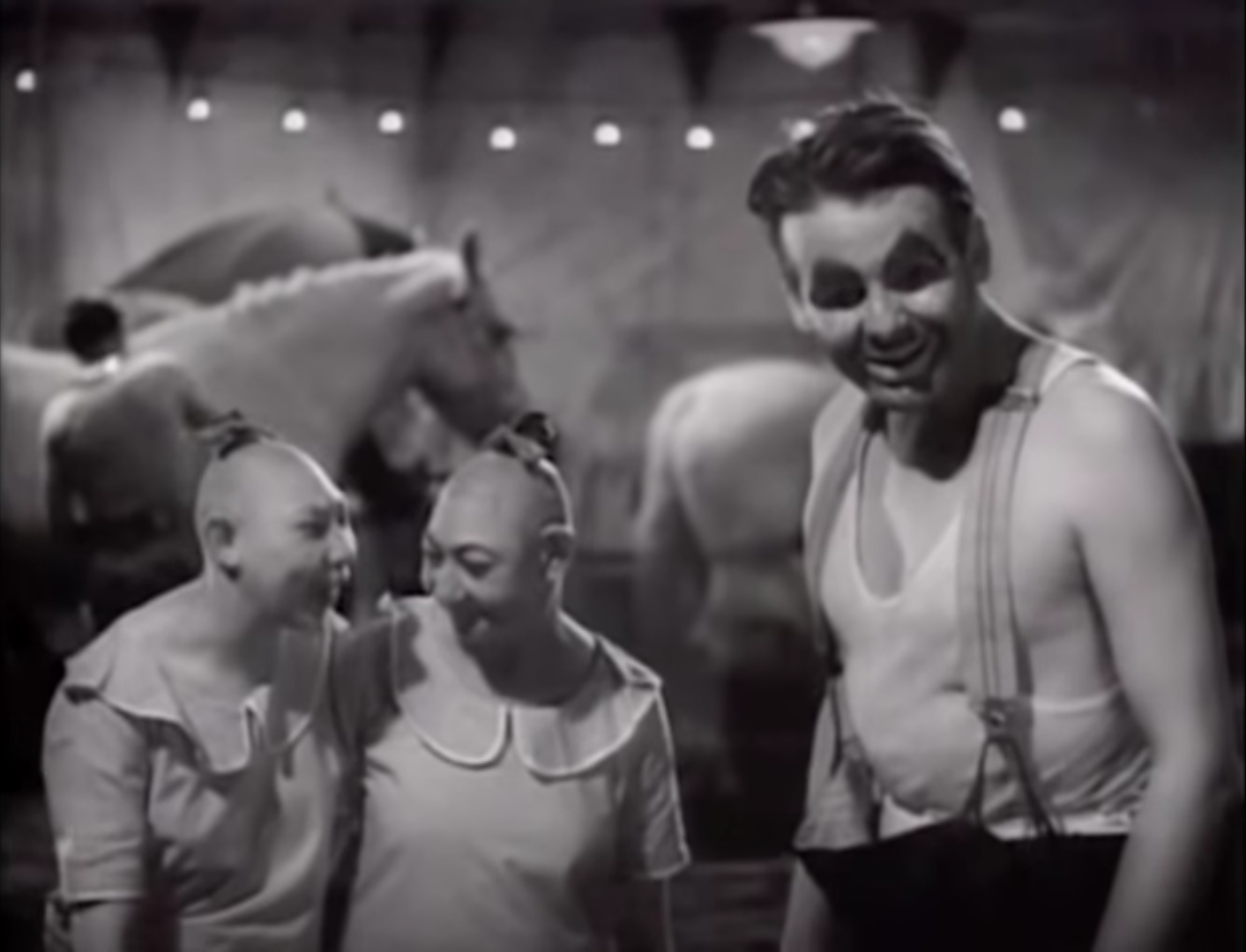The resemblance between the counterculture movements of our generation and those of decades past has only become more apparent over time. Just like the hippies of the mid-1960s, younger generations have an increasing focus on social reforms. Issues centered around “isms” flood the media and, according to the Pew Research Center, in 2016, 71 percent of millennials — defined as those born after 1981 — responded that they support same-sex marriage.
But while we laud progressivism in politics, such shifts in film are often met with disgust, as the line between gratuitous and groundbreaking is blurry for modern exploitation films.
Horror is arguably one of the most difficult genres for creators to gain commercial success. Scary films do not dominate award shows — they lack A-list stars and many dismiss them as devoid of artistic merit. Some complain many modern horror films lack original plots and fall victim to common clichés that frustrate viewers — an observation Scream and Get Out, two modern yet widely successful horror films, incorporated into their plots.
In the past, many films viewed as exploitative were lauded years after their release. The 1932 horror film Freaks was met with disgust by its contemporary audience but became a cult film during the counterculture movement of the 1960s. It was later praised for its exploration of ableism. The 1968 film Night of the Living Dead, which was harshly criticized for its use of gore, starred Duane Jones, an unknown black stage actor, as the protagonist and hero Ben. It was an uncommon move at the time. Despite the outrage, it was selected for preservation in the National Film Registry by the Library of Congress more than 30 years after its release.
So can we, the younger generation, accurately pinpoint a truly groundbreaking horror film? It’s tricky.
Perhaps we should reevaluate how we view the more unsettling films of today. After all, many celebrated scary movies of the past were often met with lukewarm responses at the time of their release. Roger Ebert, the late critic for the Chicago Sun-Times, said The Rocky Horror Picture Show, upon release, was “ignored by pretty much everyone, including the future fanatics who would eventually count the hundreds of times they’d seen it.” Now, it is a well-known and celebrated piece of culture, especially in queer circles.
The aforementioned films are all very different, but how they are perceived is largely influenced by the viewer. As cultural norms and attitudes change, so do our reactions to film.
For every critically-acclaimed horror film that is remembered, there are dozens of garbage films released in that same decade that are quickly forgotten. Does this mean we should be a little more forgiving to films such as Piranha 3D? Probably not. But it makes you wonder if films with mixed reviews like 2011’s Red State — which used fundamentalist Christians based off the Westboro Baptist Church as antagonists — might be viewed in a more positive light as time passes. The same question stands for The Human Centipede, which nihilistically embraces gore for the sake of it.
Creative minds in the horror genre will continue to churn out work that occasionally pushes social boundaries. Sometimes those efforts will be appreciated, like the critically-acclaimed Get Out that jabs at white liberalism. Other times, such as in The Human Centipede, that is not the case.
But you have to wonder which controversial films of today will eventually stand the test of time — and, when that time comes, if you will have already become like your cautious and culturally resistant elders.



